53 web design tools to help you work smarter in 2024
Web design is constantly evolving, and staying ahead of the game is essential for success in this ever-changing industry. In 2024, having the right web design tools at your disposal can make a world of difference when it comes to working smarter, faster, and more creatively. From coding editors to mockup and prototype creators, there are a plethora of tools available to help you streamline your web design process and achieve stunning results.
Are you ready to take your web design to the next level in 2024? Let’s explore 53 incredible web design tools that will transform the way you work and empower your creativity like never before.
Key Takeaways:
- Web design tools can greatly enhance efficiency and creativity for web designers in 2024.
- There are 53 web design software and resources that can help you work smarter and achieve better results.
- These tools include coding editors, mockup and prototype creators, UI tools, prototyping apps, and more.
- Having a clear idea of the type of website you want to create is essential for a successful web design project.
- Stay ahead of the game by incorporating the latest UI/UX design trends, such as generative design, metaverse reality, adaptive UI, and vibrant colors.
Code Editors
As a web designer, having the right code editor is crucial for efficient coding and programming. Whether you are a beginner or an experienced professional, these code editors will enhance your workflow and boost productivity.
Sublime Text 4
Sublime Text 4 is a highly recommended code editor known for its user-friendly interface and flexibility. It allows easy customization with plugins, making it adaptable to your specific needs. With Sublime Text 4, you can write code with ease and efficiency.
Visual Studio Code
Visual Studio Code is another popular choice among web designers. It offers a wide range of features that enhance the coding experience. With its built-in terminal, Git commands, and IntelliSense for code autocompletion, Visual Studio Code simplifies the development process and helps you write clean and error-free code.
Codespaces
Codespaces is a browser-based code editor based on Visual Studio Code. It provides a convenient and accessible environment for coding without the need for local installations. With support for Git repos, extensions, and a command line interface, Codespaces simplifies collaboration and allows you to work from anywhere.
These code editors empower web designers to streamline their coding process and deliver high-quality results. Choose the one that suits your workflow and start coding like a pro.
Mockups and Prototypes
Creating mockups and prototypes is an essential aspect of the web design process. These tools enable web designers to visualize and refine their designs before implementation, saving time and ensuring a better end result. Here are some popular mockup and prototype tools:
Figma
Figma is a widely-used interface design tool that allows for real-time collaboration among designers. Its cloud-based platform enables seamless teamwork and easy sharing, making it an excellent choice for web design projects. With Figma, you can create interactive prototypes, design user interfaces, and collaborate with team members in real-time.
Adobe XD
If you’re already using other Adobe Creative Cloud apps, Adobe XD is a fantastic choice for mockups and prototypes. Its seamless integration with other Adobe tools allows for a smooth workflow. Adobe XD offers a range of powerful features, including interactive prototyping, responsive resizing, and easy sharing. It’s a user-friendly solution for web designers of all skill levels.
Sketch
Sketch is a streamlined and efficient platform for building interfaces and prototypes. It offers an intuitive interface and a wide range of plugins, making it highly customizable to suit your design needs. Sketch also supports collaboration through its cloud-based platform, enabling designers to work together seamlessly. It’s a popular choice among web designers for its simplicity and versatility.
Marvel
Marvel stands out with its integrated user testing features, allowing you to gather feedback and iterate on your designs efficiently. With Marvel, you can create interactive prototypes with ease, add animations, and test user flows. It offers a user-friendly interface and a range of collaboration features, making it a valuable tool for web designers.
By utilizing these mockup and prototype tools such as Figma, Adobe XD, Sketch, and Marvel, web designers can bring their ideas to life, streamline the design process, and create exceptional user experiences.
| Tool | Key Features |
|---|---|
| Figma | Real-time collaboration, interactive prototypes, cloud-based platform |
| Adobe XD | Seamless integration with Adobe Creative Cloud, interactive prototyping |
| Sketch | Streamlined interface, customizable with plugins, collaboration features |
| Marvel | Integrated user testing, interactive prototypes, collaboration features |
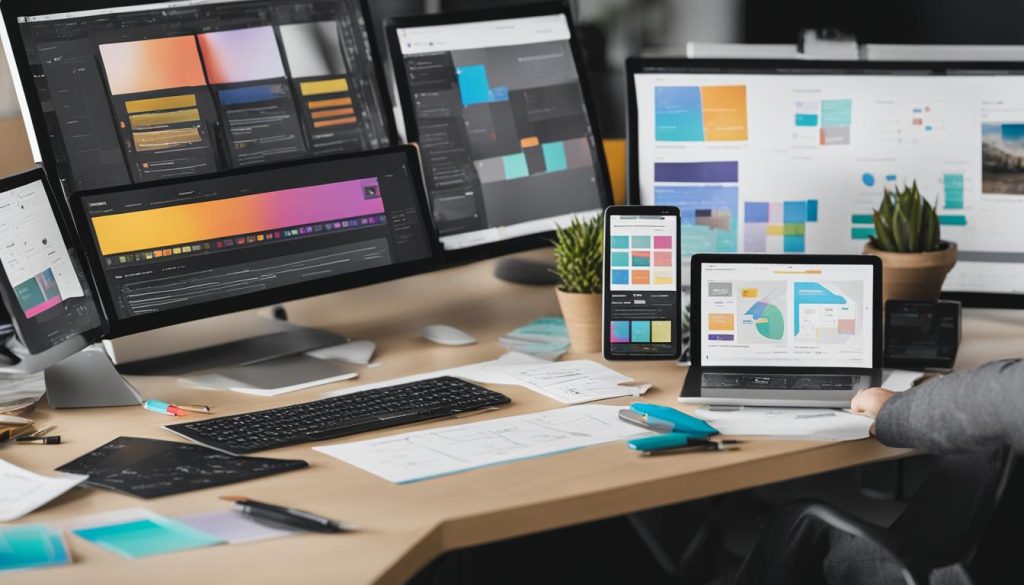
InVision Studio and Affinity Designer
When it comes to web design tools, two names that stand out are InVision Studio and Affinity Designer. Both of these tools are highly regarded in the industry for their capabilities and functionality.
InVision Studio:
InVision Studio is a comprehensive UI tool that covers all aspects of interface design. It offers a wide range of features, including prototyping, responsive design, and collaboration. One of the standout features of InVision Studio is its powerful prototyping capabilities, making it an excellent choice for designs that involve animation.
Affinity Designer:
Affinity Designer is a popular graphic design tool that serves as a subscription-free alternative to Adobe Illustrator. It provides web designers with adjustable layers, zoom features, and undo/history functions, making the design process seamless and efficient. Affinity Designer is known for its versatility and functionality and is widely used in the web design industry.
Both InVision Studio and Affinity Designer are highly recommended for their UI and graphic design capabilities. Whether you’re creating stunning interfaces or intricate illustrations, these tools will undoubtedly enhance your web design projects.
| Features | InVision Studio | Affinity Designer |
|---|---|---|
| Prototyping | ✔️ | ❌ |
| Responsive Design | ✔️ | ❌ |
| Collaboration | ✔️ | ❌ |
| Animation | ✔️ | ❌ |
| Adjustable Layers | ❌ | ✔️ |
| Zoom Features | ❌ | ✔️ |
| Undo/History | ❌ | ✔️ |
UXPin and Proto.io
When it comes to prototyping apps, UXPin and Proto.io are two standout tools that web designers can rely on. These dedicated apps provide the necessary features to create interactive and lifelike prototypes, ensuring a seamless user experience and accurate representation of the final design.
UXPin stands out with its extensive library of elements, offering a wide range of design components that can be easily customized and integrated into the prototype. With support for interactive states, logic, and code components, UXPin allows designers to create engaging experiences that closely resemble the final product. Additionally, its intuitive interface makes it easy to navigate and work efficiently.
Proto.io, on the other hand, excels in transforming rough ideas into fully-fledged designs. Its comprehensive set of features includes detailed animations and custom vector animations, enabling designers to add dynamic elements and bring their concepts to life. With Proto.io, designers can refine their ideas and test different design approaches before moving forward with implementation.
Both UXPin and Proto.io provide designers with the tools they need to create prototypes that accurately represent the final product and are highly interactive. These prototyping apps streamline the design process, allowing for efficient collaboration and user testing, ensuring that the end result meets user expectations and provides a seamless user experience.

Benefits of using UXPin:
- Extensive library of customizable elements
- Support for interactive states, logic, and code components
- Intuitive interface for efficient workflow
- Powerful tool for creating engaging user experiences
Benefits of using Proto.io:
- Transforms rough ideas into fully-fledged designs
- Detailed animations and custom vector animations
- Refine ideas and test design approaches
- Comprehensive prototyping capabilities
Balsamiq and ProtoPie
When it comes to wireframing and creating interactive prototypes, two standout tools in the industry are Balsamiq and ProtoPie. These tools offer web designers valuable features and functionalities that enhance the web design process.
Balsamiq is renowned for its rapid wireframing capabilities. With Balsamiq, designers can quickly develop the structure and layout of their projects. The tool provides a user-friendly interface with drag-and-drop elements, allowing designers to easily plan interfaces. Additionally, Balsamiq enables designers to link buttons to other pages, making it simple to create interactive prototypes. This feature is especially useful for sharing project ideas with team members or clients.
On the other hand, ProtoPie focuses on creating lifelike prototypes with custom vector animations. This tool allows designers to start with rough ideas and gradually refine them into high-fidelity prototypes. ProtoPie’s intuitive interface makes it easy to bring designs to life, and its advanced features enable the creation of interactive and engaging user experiences.
Both Balsamiq and ProtoPie play significant roles in enhancing the web design process. Whether you need to quickly wireframe your project or create interactive prototypes with custom animations, these tools can help you achieve your design goals.
Take a look at the image below to see Balsamiq and ProtoPie in action:
Web Design Ideas
In addition to utilizing the right web design tools, it’s crucial to have a clear vision of the type of website you want to create. Here are some popular website ideas that can inspire your creativity and cater to various purposes and audiences:
- Blog: Share your thoughts, experiences, and expertise on a specific topic or a variety of subjects. Create engaging content and foster a community around your blog.
- eLearning Website: Develop an online platform to offer courses, tutorials, and educational resources. Help learners acquire new skills and knowledge in a convenient and interactive manner.
- eCommerce Website: Build an online store to sell products or services. Create an attractive and user-friendly interface to enhance the shopping experience for your customers.
- Portfolio Website: Showcase your creative work, such as designs, art, photography, or writing samples. Display your skills and achievements to attract potential clients or employers.
- Resume Website: Present your skills, qualifications, and achievements in a visually appealing and concise format. Stand out from other candidates and provide a comprehensive overview of your professional background.
- Nonprofit Website: Raise awareness about a cause or organization and encourage visitors to donate or get involved. Share stories, impact statistics, and upcoming events to engage with the audience.
- Event Website: Promote and organize a specific event, such as conferences, workshops, or concerts. Provide event details, schedules, ticket purchasing options, and interactive features to enhance attendee experience.
- Business Website: Establish an online presence for your company or organization. Showcase your products, services, and values, and provide essential information to attract customers and partners.
- Personal Website: Create a digital hub to share your personal brand, experiences, and achievements. Use it as a platform to connect with others, showcase your talents, and express your unique personality.
By exploring these website ideas, you can identify the best fit for your goals and target audience. Remember to tailor your design and content to effectively engage and meet the needs of your website visitors.
UI/UX Design Trends in 2024
In the fast-paced world of web design, trends are always evolving. As we move forward into 2024, it’s essential for web designers to stay updated with the latest UI/UX design trends. These trends not only enhance the visual appeal of websites but also improve user interactions and overall user experience.
One of the significant design trends to watch out for is generative design. With the help of AI automation, generative design allows designers to create unique and dynamic visuals. This innovative approach fosters creativity and brings a fresh perspective to web design.
Another exciting trend is the rise of metaverse reality, which includes the use of augmented reality (AR), virtual reality (VR), and extended reality (XR) technologies. These immersive experiences enable users to interact with websites in a whole new way, creating a sense of realism and engagement.
Voice user interfaces (VUI) and chatbots are also gaining popularity as they provide an intuitive and convenient way for users to interact with websites and applications. These technologies enable users to navigate websites and perform tasks effortlessly, enhancing the overall user experience.
When it comes to design layouts, bento grids are becoming increasingly popular. These modular grids help designers organize content effectively, ensuring a visually appealing and organized website layout. Additionally, GL/3D design is on the rise, offering realistic and immersive visual experiences that captivate users’ attention.
Adaptive UI design is another vital trend in 2024, with the increasing need for responsive and customizable layouts based on screen size and device type. This trend ensures a seamless user experience across different devices and enhances usability.
Brutalism, characterized by its raw and minimalist aesthetics, is making waves in the design world. This unique and unconventional approach brings a fresh and bold visual style, breaking away from traditional design norms.
Storytelling through scrolls has also gained traction, allowing designers to create engaging narratives as users navigate through a website. This trend adds an interactive and captivating element to the user experience.
In terms of typography, big and bold fonts are making a statement. These eye-catching typography choices emphasize key elements and create visual hierarchy, enhancing the overall design aesthetics.
Spatial design, with its focus on creating interactive and three-dimensional experiences, is another trend to keep an eye on. This design approach adds depth and immersion, making websites feel more dynamic and engaging.
Vibrant colors and gradients are becoming increasingly popular in web design in 2024. These vivid and harmonious color choices add energy and excitement to websites, creating visually impactful designs.
Minimalism continues to be a timeless and popular design trend. With its focus on simplicity and functionality, minimalism offers clutter-free and intuitive designs that prioritize usability.
By incorporating these UI/UX design trends into their work, web designers can create modern and captivating websites that resonate with users and stay ahead of the curve in the ever-evolving industry.
FAQ
What are code editors?
Which code editors are recommended for web design?
Can you recommend a browser-based code editor?
What are mockups and prototypes?
Which interface design tools are suitable for creating mockups and prototypes?
What is InVision Studio?
Is there a subscription-free alternative to Adobe Illustrator for web design?
Which tools specialize in creating lifelike prototypes?
What is Balsamiq used for?
What are some popular website ideas for web designers?
What are some UI/UX design trends to watch out for in 2024?
- How Strategic SEO Drove Growth for a CPAP E-commerce Brand - July 24, 2025
- Top 3 SEO Companies in Toronto: An Analytical Comparison - July 23, 2025
- SEO for Entry Door Services - April 24, 2025
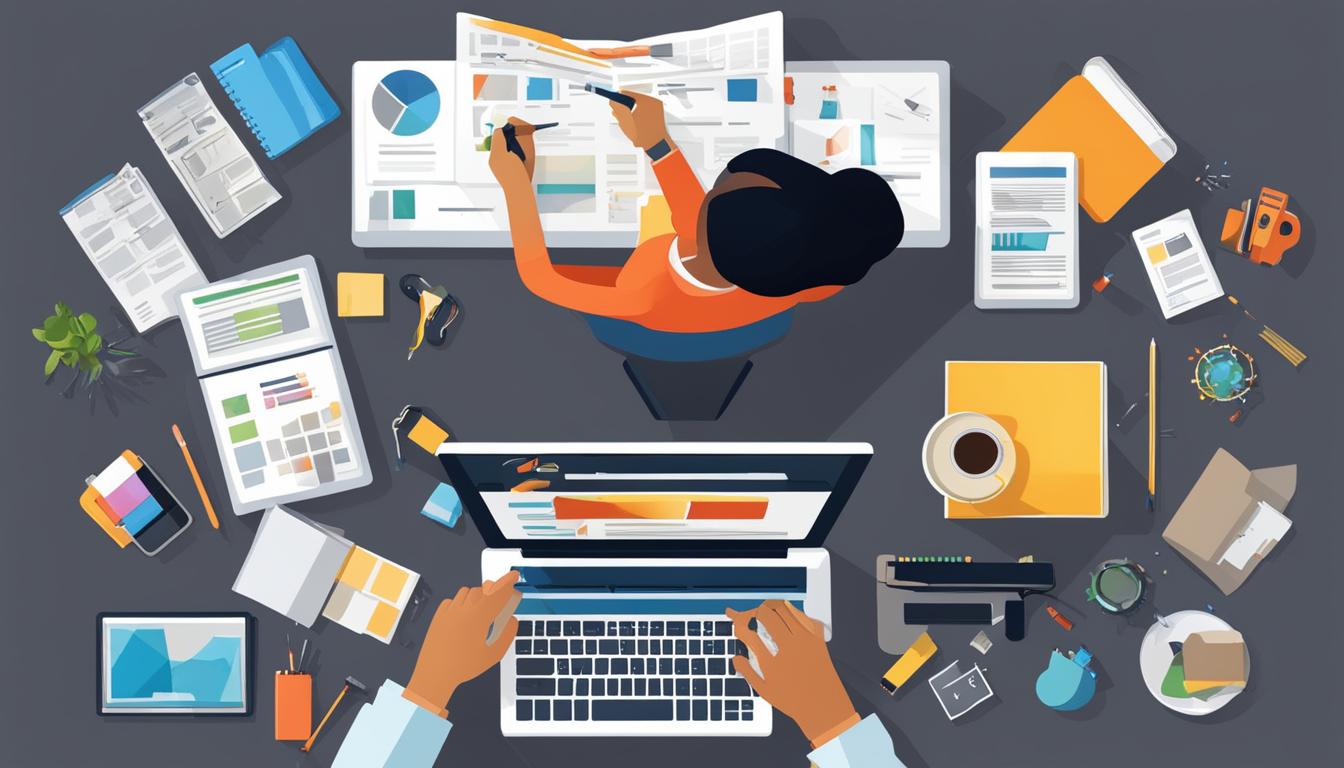
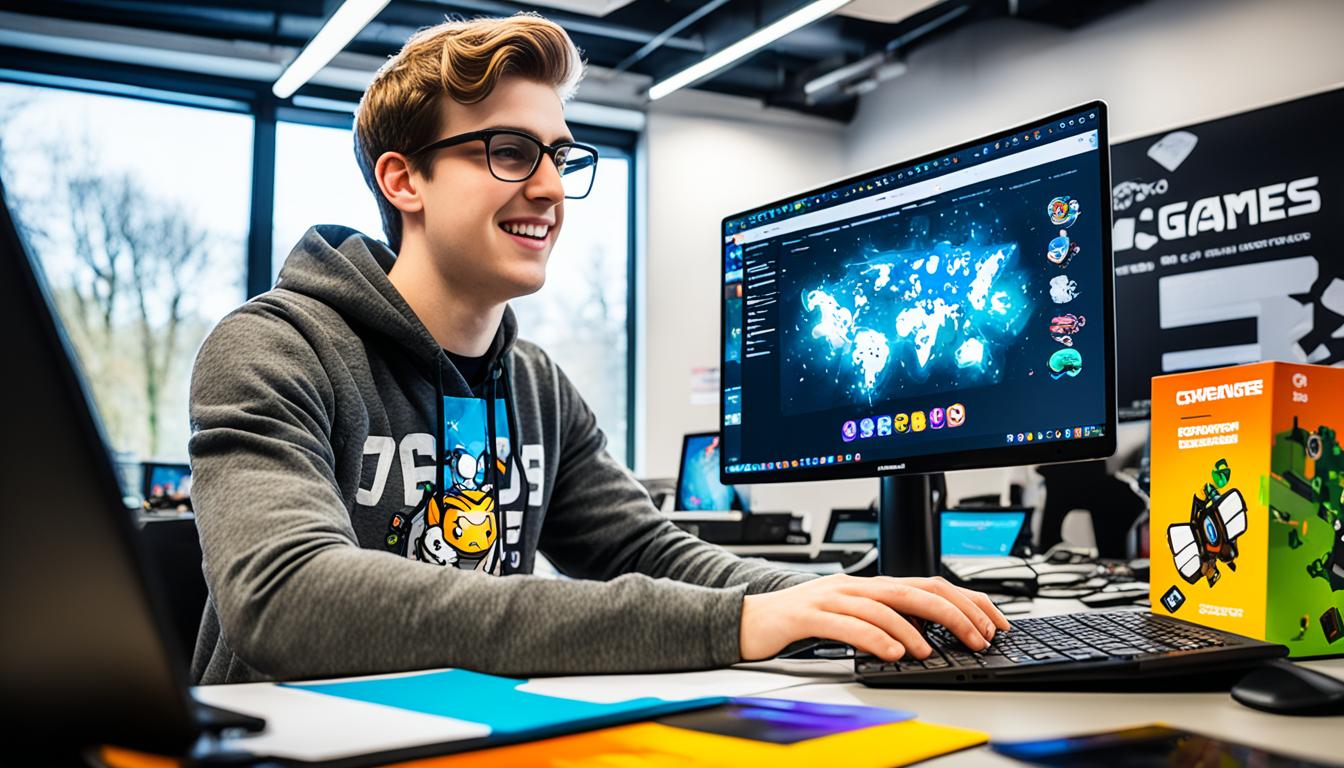
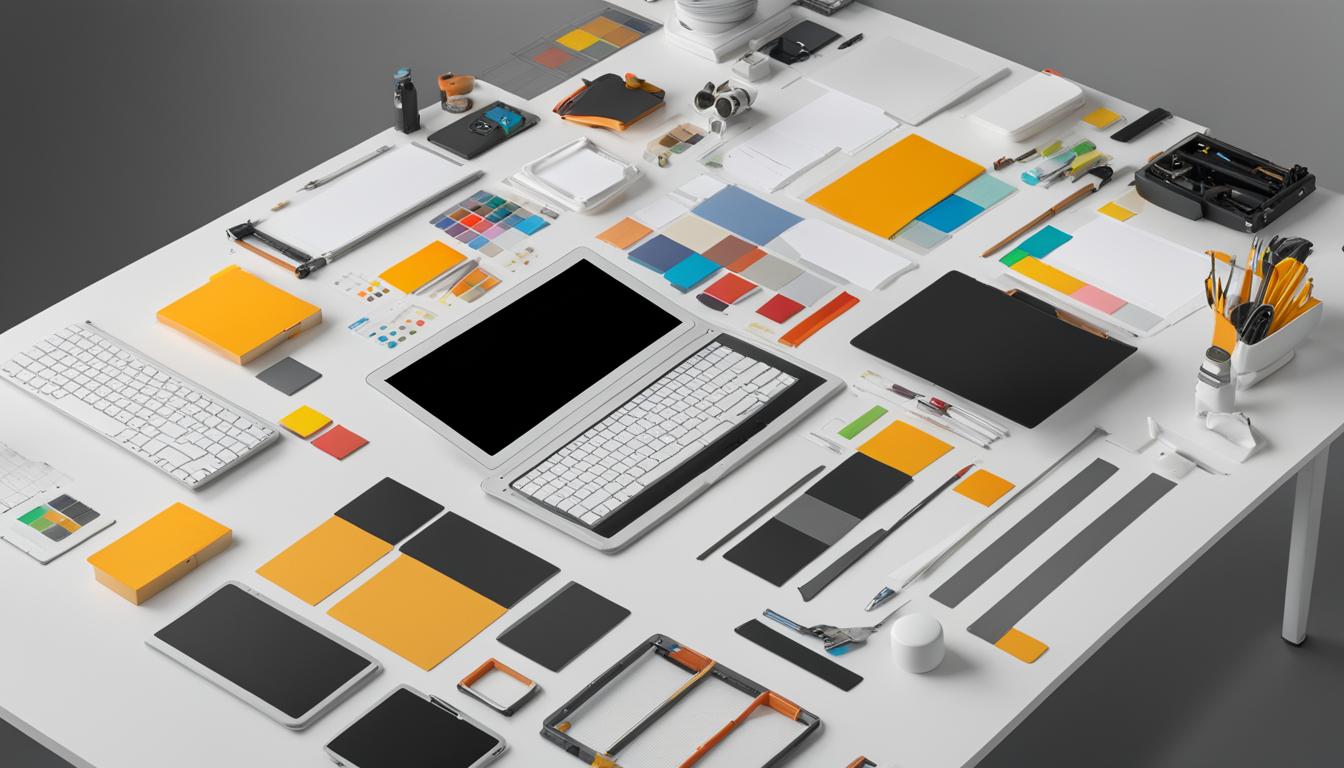
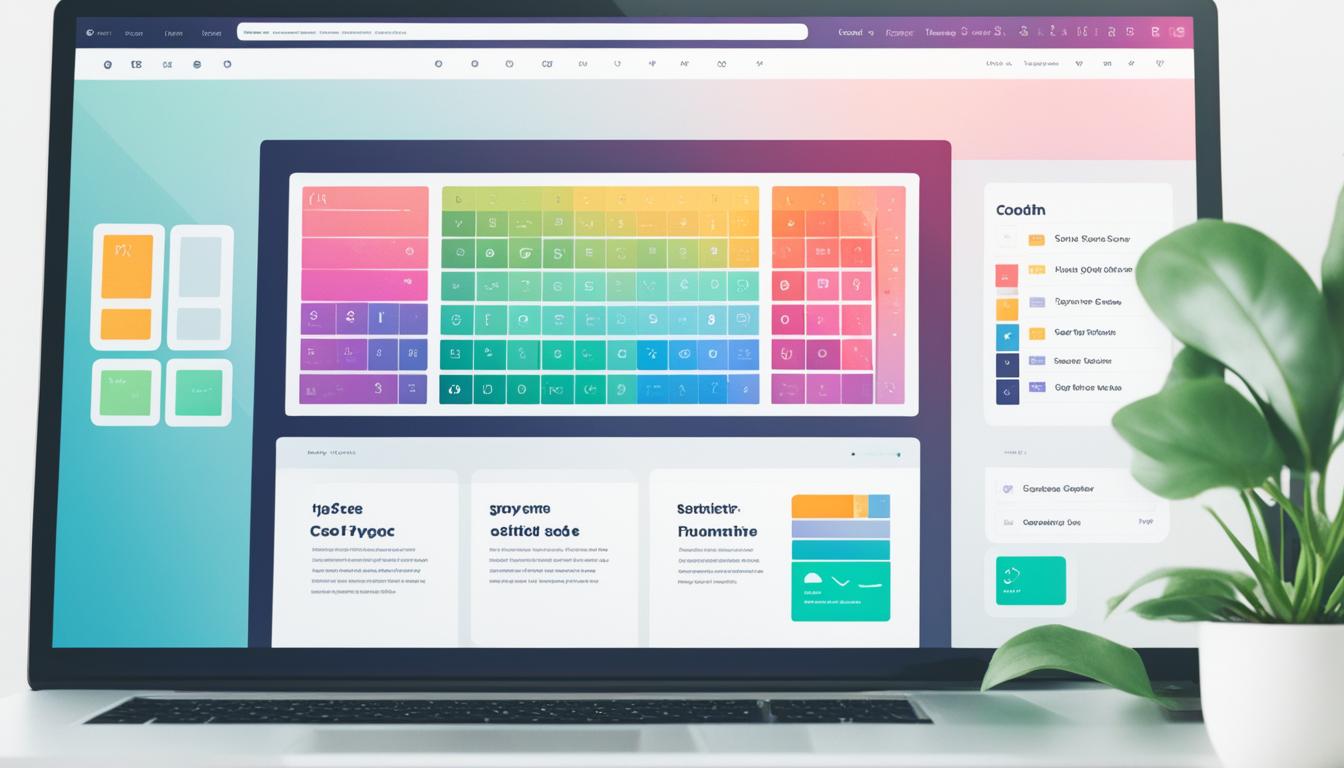
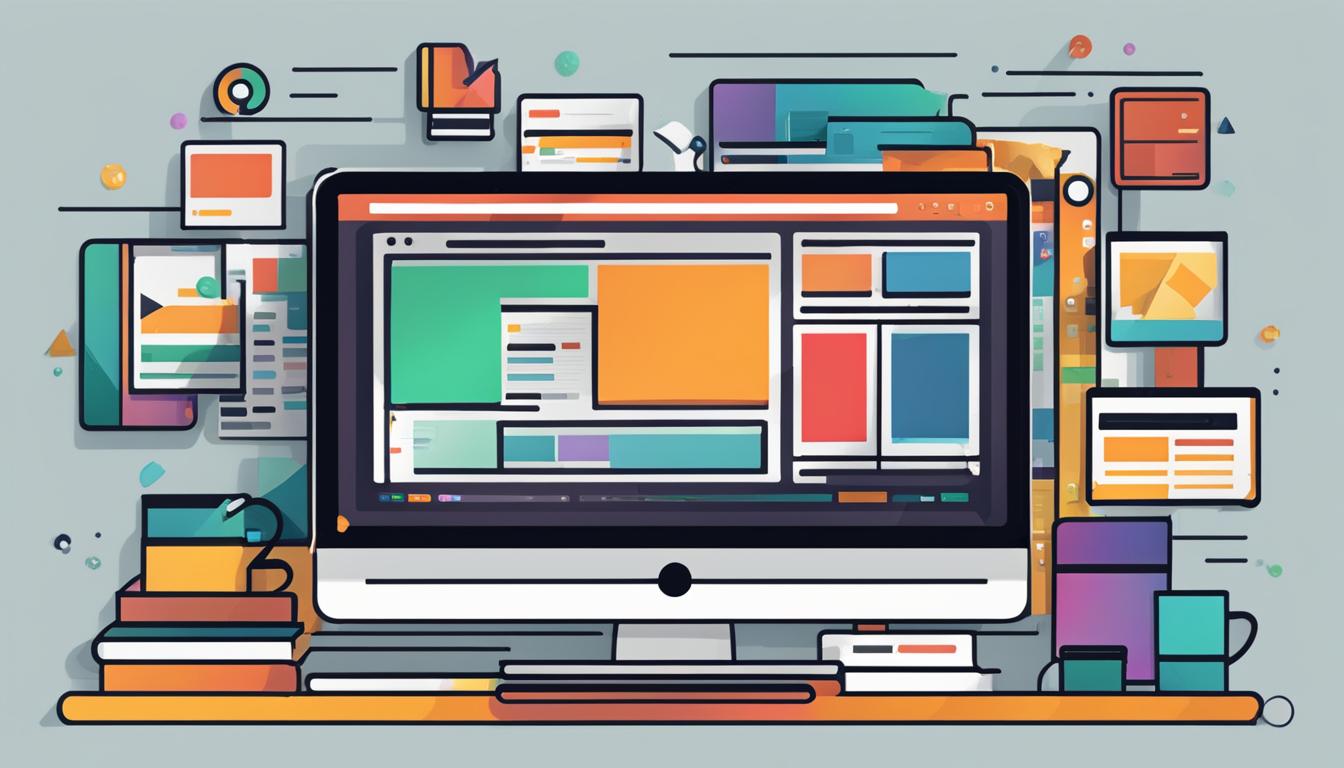
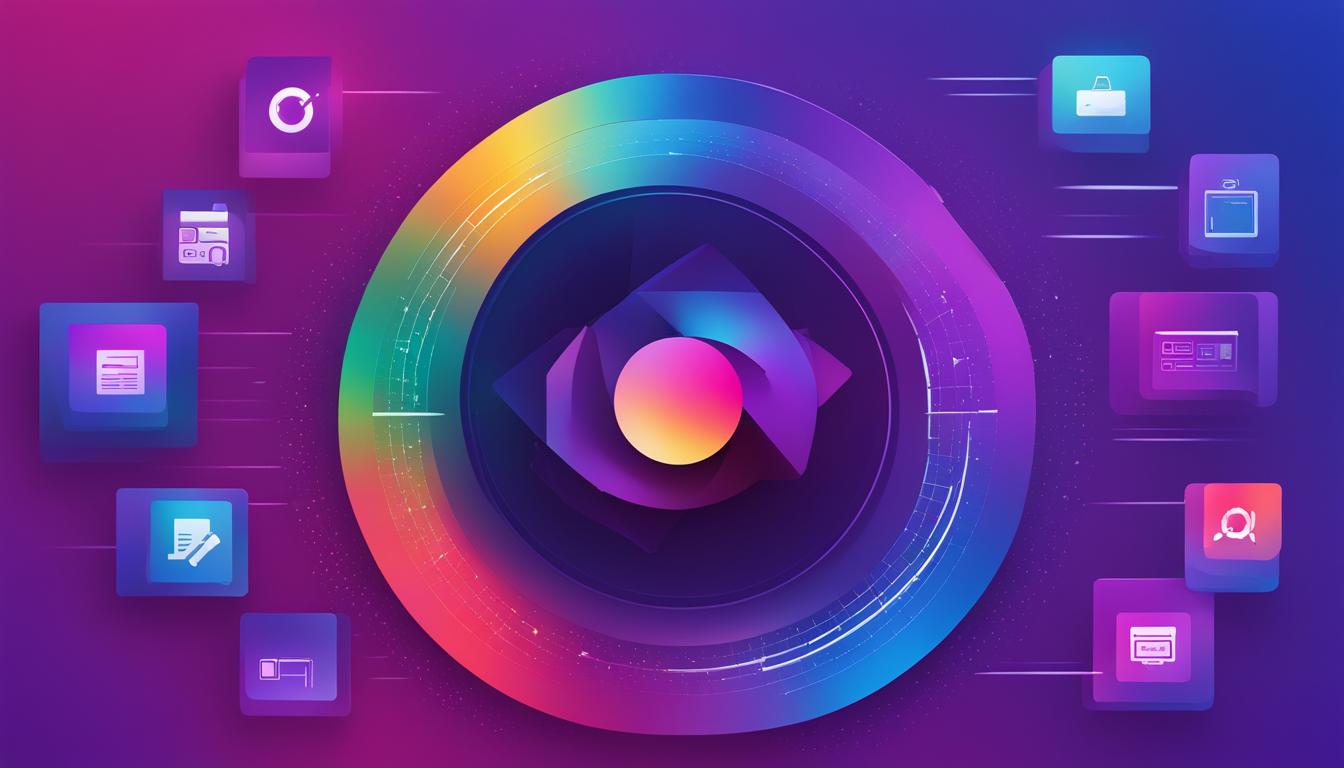

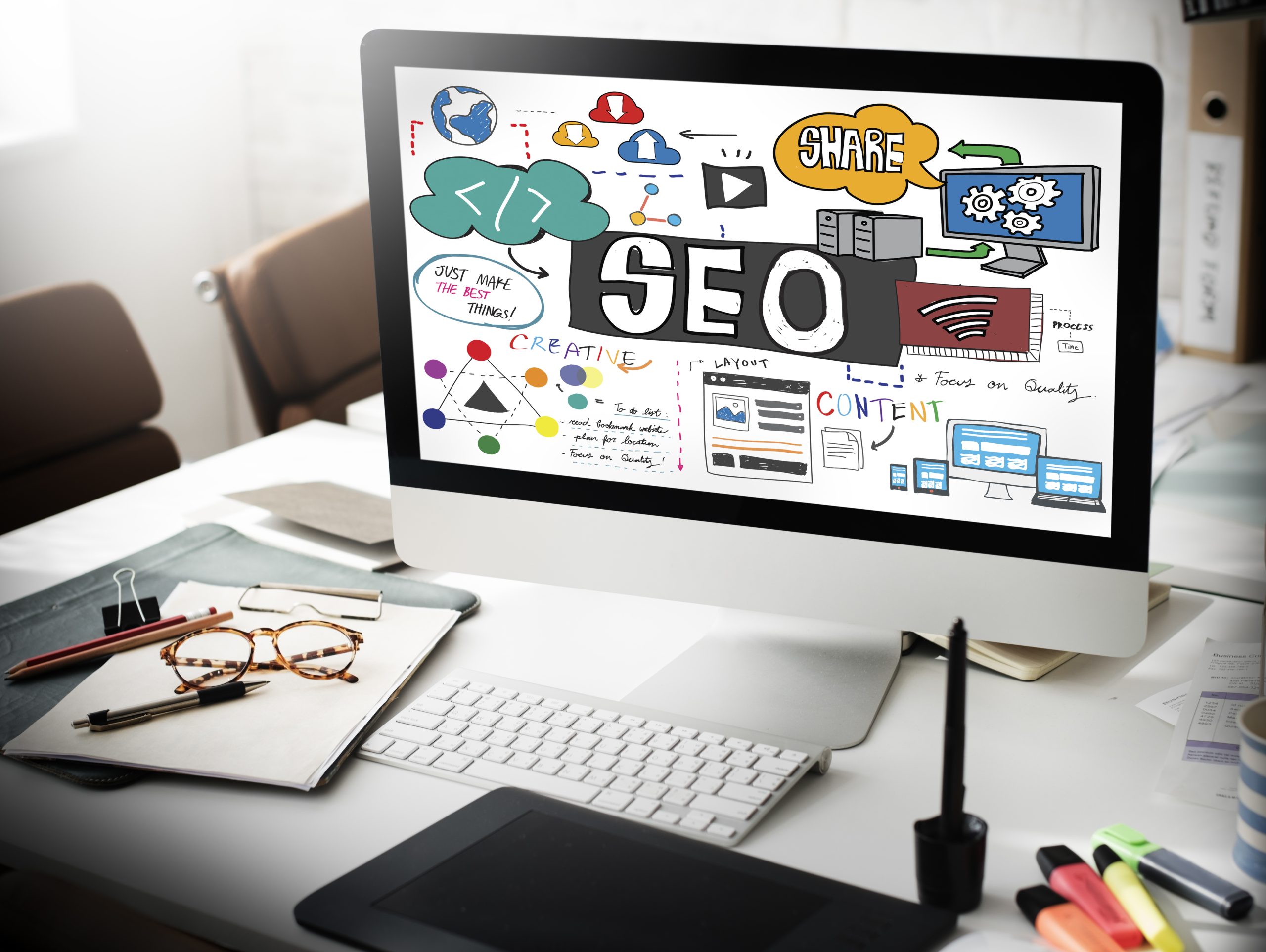













Post Comment
You must be logged in to post a comment.